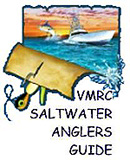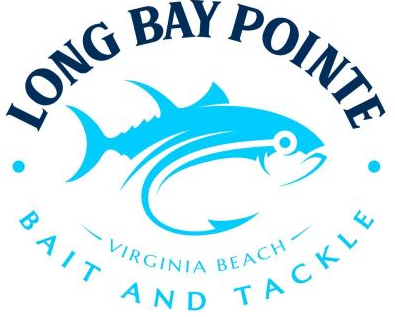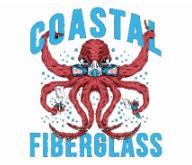
Members of the South Atlantic Fishery Management Council are soliciting public input on proposed management changes for Atlantic cobia as they consider revising the current management system. Public hearings will be held via webinar with public listening stations beginning January 22, 2018. Information on the proposed changes is now available from the Council’s website at: http://safmc.net/safmc-meetings/public-hearings-scoping-meetings/. Written comments are also being solicited using the online comment form available from the website page.
Atlantic cobia are managed in federal waters along the Atlantic coast from Georgia through New York in cooperation with the Mid-Atlantic Fishery Management Council; two voting seats are provided to the Mid-Atlantic Council on the South Atlantic Council’s Mackerel Cobia Committee. This arrangement provides an opportunity to include the views of constituents from Virginia northwards. Cobia in federal waters off the east coast of Florida are considered part of the Gulf of Mexico migratory stock. The management boundary for the two stocks was modified following a 2013 stock assessment and annual catch limits for each stock were set. NOAA Fisheries determined the recreational catch limit for Atlantic cobia was exceeded in 2015, leading to a shortened season in 2016. Cobia harvested in both state and federal waters count toward the annual catch limit. Subsequent overages occurred during 2016 and the recreational fishery was closed in federal waters on January 24, 2017.
In order to provide for effective management and fair and equitable access to the Atlantic cobia fishery without reducing protection to the stock, the Council is considering a range of alternatives for managing Atlantic cobia, from complementary management with the Atlantic States Marine Fisheries Commission (ASMFC) to removal of Atlantic cobia from the federal management unit. The ASMFC recently approved an Interstate Fishery Management Plan for Atlantic Cobia that will be implemented in April 2018. Should the Council choose to remove Atlantic cobia from the current federal management unit, the ASMFC Interstate Plan would be applied to both state and federal waters, allowing for additional management flexibility.
Public Hearings for Atlantic Cobia Management
(Amendment 31 to the Coastal Migratory Pelagics Fishery Management Plan)
Public hearings will be conducted via webinar with listening stations as noted below. Attendance at the listening stations is encouraged but not required. During the public hearings, Council staff will present an overview of the amendment and will be available to answer questions via webinar. Area Council members or state agency representatives will be present at each of the listening stations. Members of the public will have an opportunity to go on record via webinar or at the listening stations to record their comments for consideration by the Council.
January 22, 2018 Webinar – begins at 6:00 PM
Listening Stations:
Port Royal Sound Maritime Center: 310 Okatie Hwy, Okatie, SC 29909
North Carolina Division of Marine Fisheries’ Central District Office: 5285 Highway 70 West, Morehead City, NC 28557
Georgia Department of Natural Resources Coastal Division: One Conservation Way, Brunswick, GA 31523
January 23, 2018 Webinar – begins at 6:00 PM
Listening Station:
Hatteras Community Center; 57689 NC Highway12, Hatteras, NC 27943
January 24, 2018 Webinar – begins at 6:00 PM
Listening Stations:
Haddrell’s Point Tackle: 885 Ben Sawyer Blvd, Mt Pleasant, SC 29464
Virginia Marine Resources Commission (The Maritime Building); 2500 Washington Ave., 4th Floor, Newport News, VA 23607 *Note: The VA location is a state-organized listening station and was arranged to provide the public in Virginia the opportunity to attend and provide comments in-person.
Registration for each webinar is required. Registration information, along with public hearing documents, video presentations, and other materials is now available from the Council’s website at: http://safmc.net/safmc-meetings/public-hearings-scoping-meetings/. An online public comment form for written comments is also available. Comments must be received by 5 p.m. February 9, 2018 to be included in the briefing book materials for the Council’s March 5-9, 2018 meeting in Jekyll Island, GA.
The Council is also asking for public input on the timing of measures proposed in Amendment 31. A Stock Identification Workshop for Cobia is scheduled to begin in April 2018 as part of a benchmark stock assessment Atlantic cobia. For additional information, contact Christina Wiegand, Fishery Social Scientist at [email protected] or contact the Council office at 843/571-4366.






























 Views Last 7 days : 3809
Views Last 7 days : 3809 Views Last 30 days : 11822
Views Last 30 days : 11822